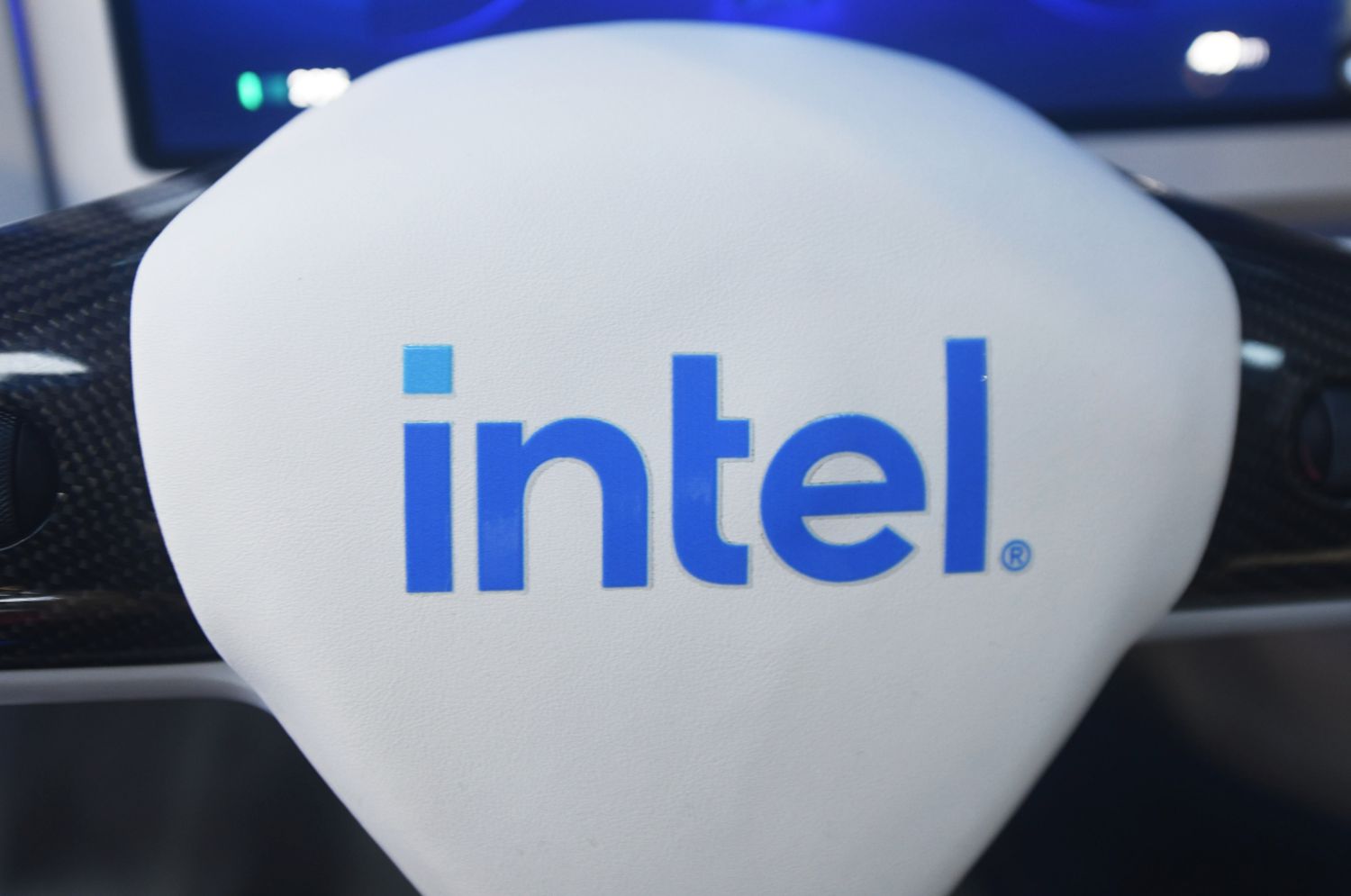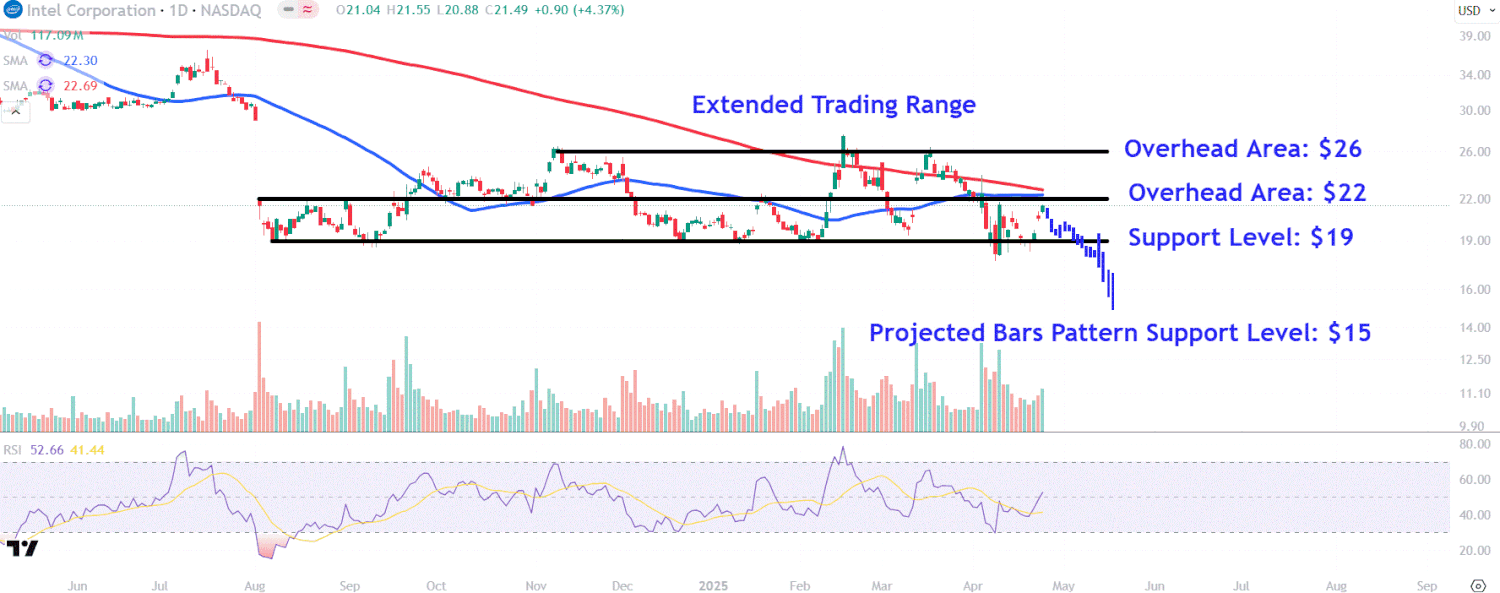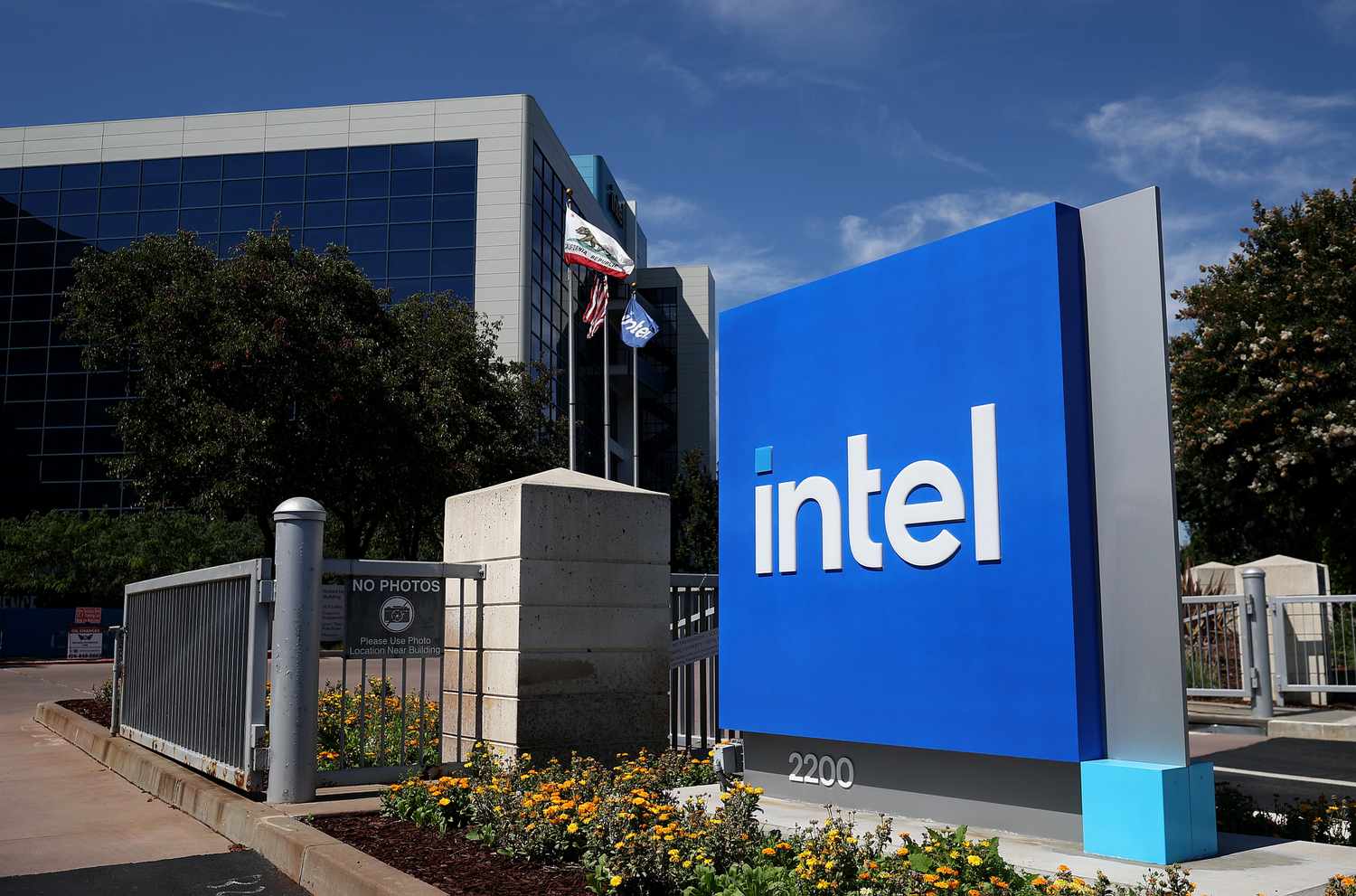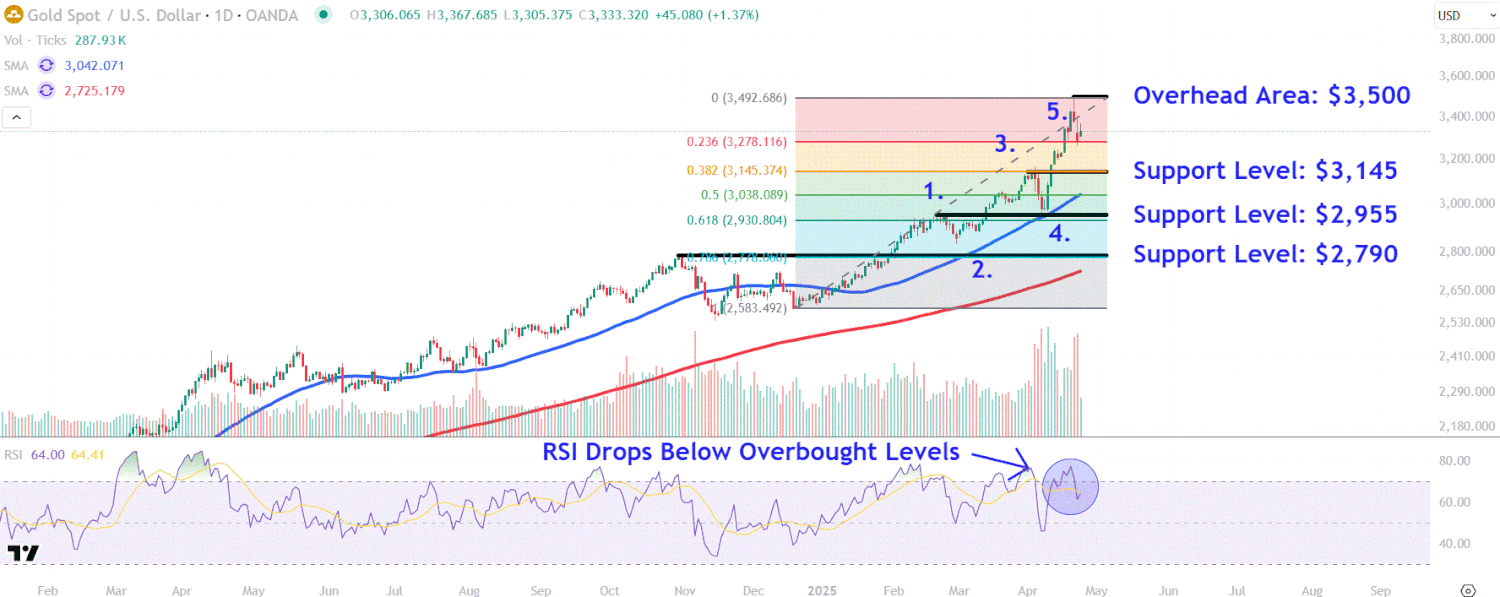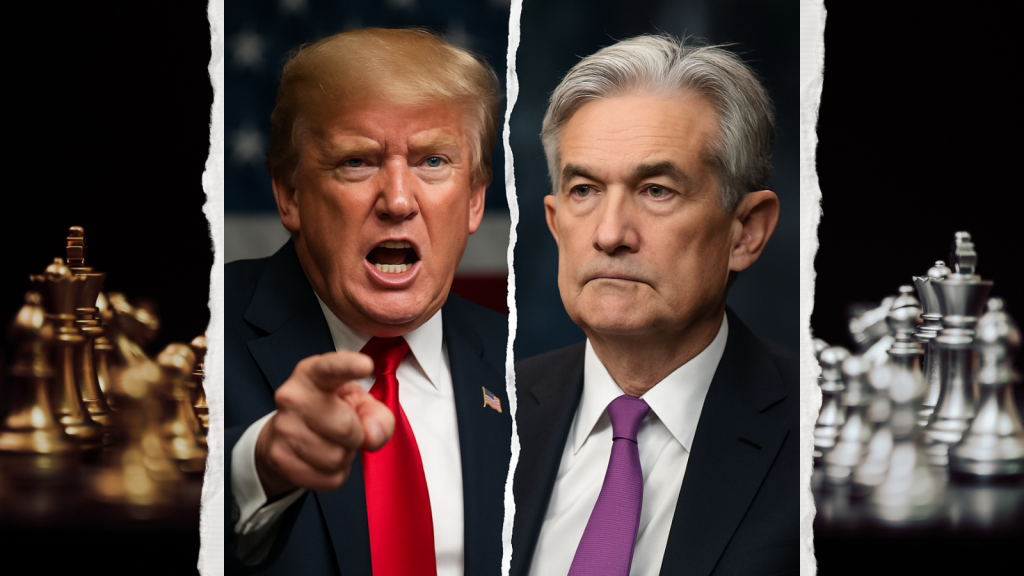Stocks Haven’t Been Pricing in a U.S. Recession, Says Deutsche Bank
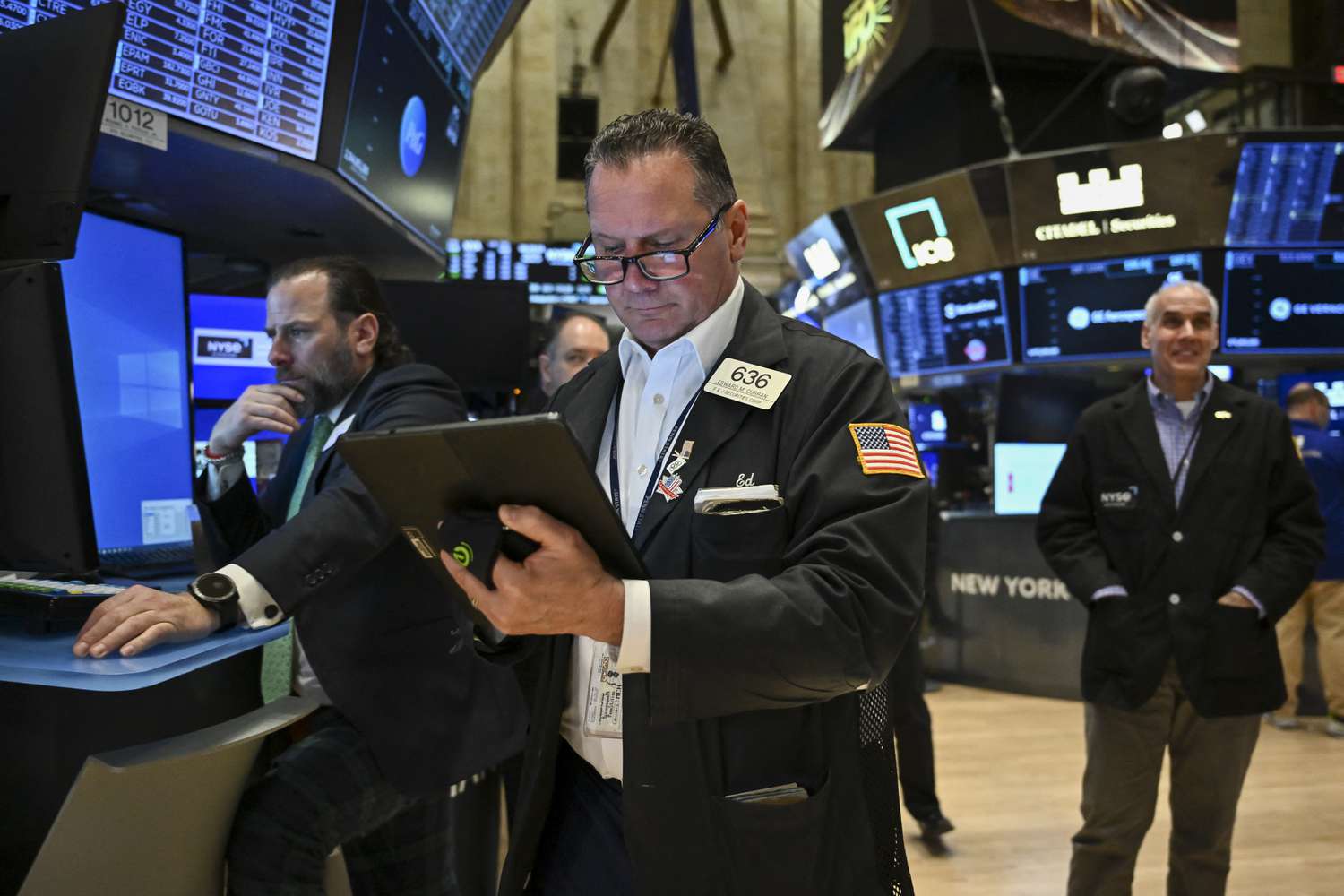

Key Takeaways
- Investors aren’t currently pricing in a U.S. recession, according to a recent Deutsche Bank analysis comparing recent activity in stock, bond, and oil markets with past recessions.
- The market’s resilience up to now leaves room for asset prices to fall further if a recession does materialize.
- Stocks have been buoyed by signs the Trump administration is considering de-escalating its trade war with China.
Analysts say the risk of a U.S. recession has increased this year, but investors are hoping America can weather the storm of President Donald Trump’s tariffs.
Stock, bond, and oil markets have all been battered by tariff uncertainty, but they’re still in better shape than during recent recessions, according to Deutsche Bank analyst Henry Allen. “So markets clearly don’t see a recession as inevitable, particularly if the tariffs don’t come into force after the latest 90-day extension,” wrote Allen in a note on Wednesday.
When stocks sold off in the wake of Trump’s “Liberation Day” tariff announcement, the S&P 500 declined as much as 18.9%. It was one of the sharpest pullbacks in decades, but it was shallower than the declines that preceded each of America’s five most recent recessions.
Credit spreads have widened, but, as with stocks, not as dramatically as in recent recessions. High yield spreads were at 397 basis points (bps) as of Wednesday morning, well below the 1,100 bps registered during COVID-19 and the 1,971 bps seen during the global financial crisis. Spreads, Allen notes, haven’t even reached levels from non-recessionary periods of market stress, like 2022 (583 bps) and 2016 (839 bps).
Similarly, oil prices haven’t fallen as much as in recent recessions. Brent crude futures contracts had retreated about 13% since “Liberation Day” (April 2), a significant drop but far from the two-thirds declines during COVID-19 and the financial crisis. The relatively modest drop “suggests that investors aren’t anticipating a huge slowdown for global growth just yet,” says Allen.
Unfortunately for investors, the market’s current resilience could bite them down the line. “With markets not fully pricing in a recession, that opens significant downside risks if we do get one,” says Allen.
Recession risks could be lowered by improved U.S.-China relations, which appeared plausible on Wednesday after Trump said Tuesday that he expected China’s final tariffs to be far lower than the current rate of 145%. The Wall Street Journal on Wednesday reported officials are contemplating slashing the rate on Chinese imports to between 50% and 65%.
Stocks have rallied on the hope of de-escalation, but several economists have warned that even lowered tariffs increase the risk of a slowdown. Trump has also abruptly changed plans in the past, leaving economists uncertain if warmer relations would last.
“The hard data over the coming days will be crucial,” said Allen. “Investors have been reluctant to fully price in a recession because we don’t have enough evidence that one is likely. But if that changes and we start to see contractionary numbers (e.g., a negative payrolls print), that would lead to a fresh reassessment that could open the way for a fresh selloff.”
